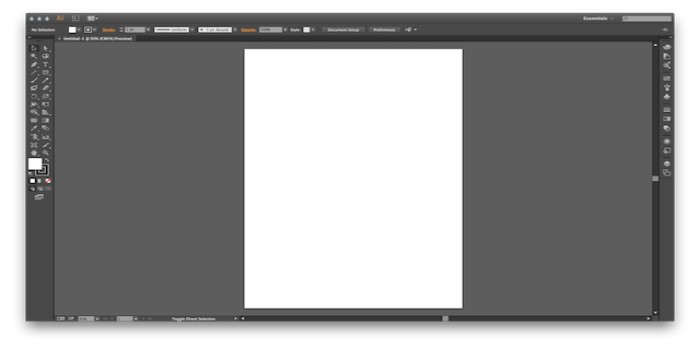
That usually means multiple versions of each image at twice the pixel density (generically). On a side note, lots of us create retina images these days for our sites. Illustrator doesn’t yet have functionality like Photoshop’s ability to generate assets, but we use what we know. That content can then be optimized for use on the Web by choosing File > Save for Web. This easy creation process can be amazing for designing a responsive site and its content. As with most file formats, if the content on your artboard is supported by SVG, it will work otherwise, it won’t.

In Illustrator, File > Save As offers most of the default settings we need (see Figure 1). The Web constantly evolves, and scalable vector graphics content is being used on more and more sites. SVG is easy to create (File > Save As) and has a whole series of save options for you to fine-tune the output. Since Illustrator is a vector tool, it can generate optimized web content in the form of SVG, PNG, GIF, or JPG graphics formats. On the Web, we have to contend with different device sizes, and content needs to be optimized for every size-that is, the content must look its best at any size (or at least the generic sizes-phone, tablet, and desktop). It lets you create artwork that can be scaled infinitely and still look great.

Illustrator is inherently vector-oriented, or based on "points and math," as I like to say.

(Yes, I know about video, audio, etc.) That situation has definitely changed with the advent of icon fonts, scalable vector graphics (SVG), and more. It was pretty much either raster or type content, and vector didn’t really have a place on most websites. vector." For a long time, that issue didn’t really apply to the Web. When you start working in the print world, one of the first things you learn about is "raster vs. Let’s explore each of these 10 reasons in a little more depth. Wireframe or full-blown design-you decide.Illustrator is part of our web workflow for these major reasons: Maybe better than mine, but the way content is evolving on the Web-mobile optimized, leaner, cooler-we have all been taking a long hard look at the tools we use, to see whether they are the best choices for what we need to do. I’m not trying to convince you to switch tools. But Illustrator has tools and features that we use for a variety of reasons, from creating simple mockups (wireframing) or content, to full-blown responsive designs. Why? Didn’t responsive design kill the static design process? Not exactly. We always seem to come back to the same tools, and Adobe Illustrator is one of them. We use a variety of tools for concepting, wireframing, content creation, code generation-which is essentially our web workflow. As a web developer, I work with a designer to create awesome (we think) sites for our clients.


 0 kommentar(er)
0 kommentar(er)
